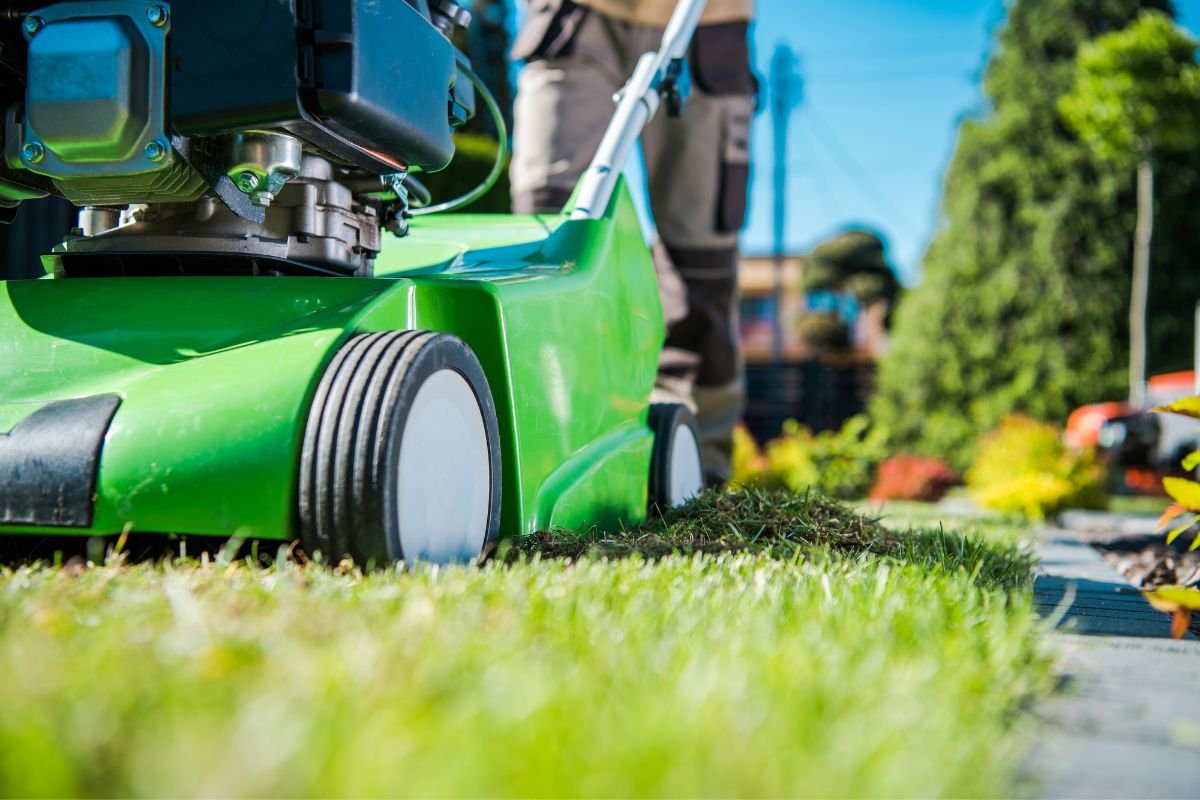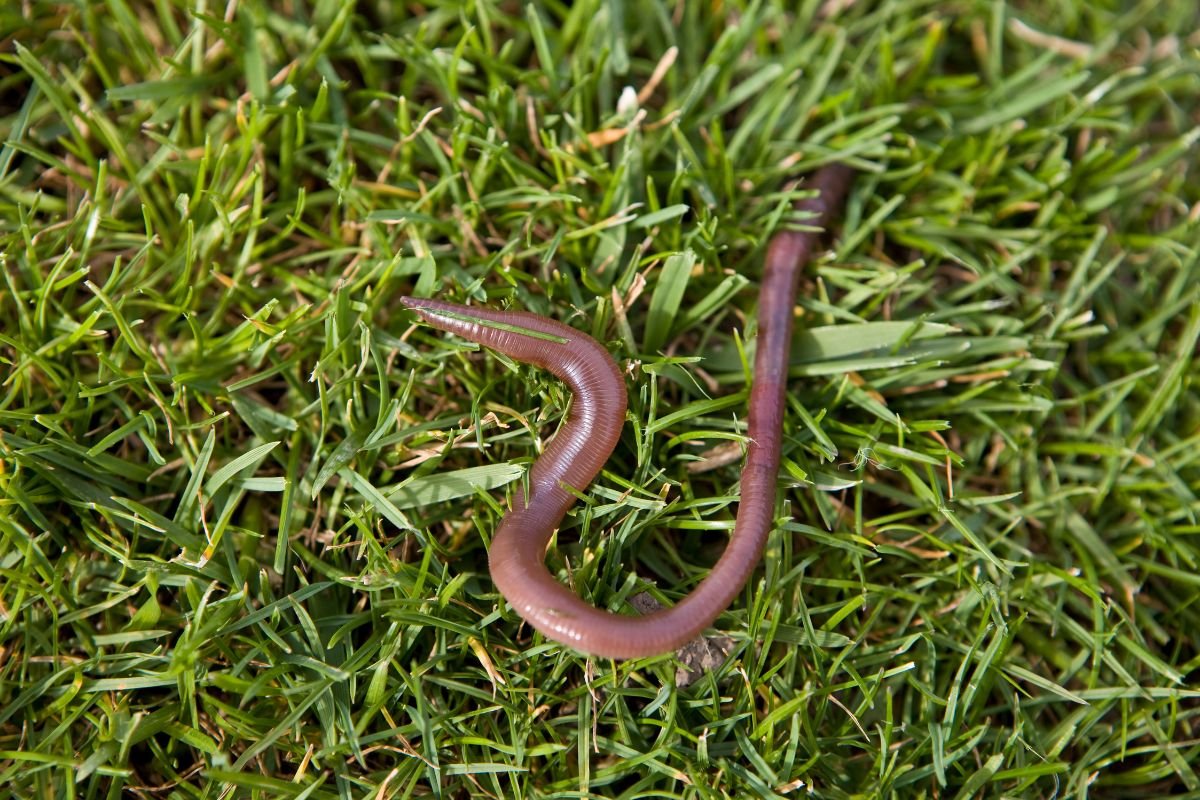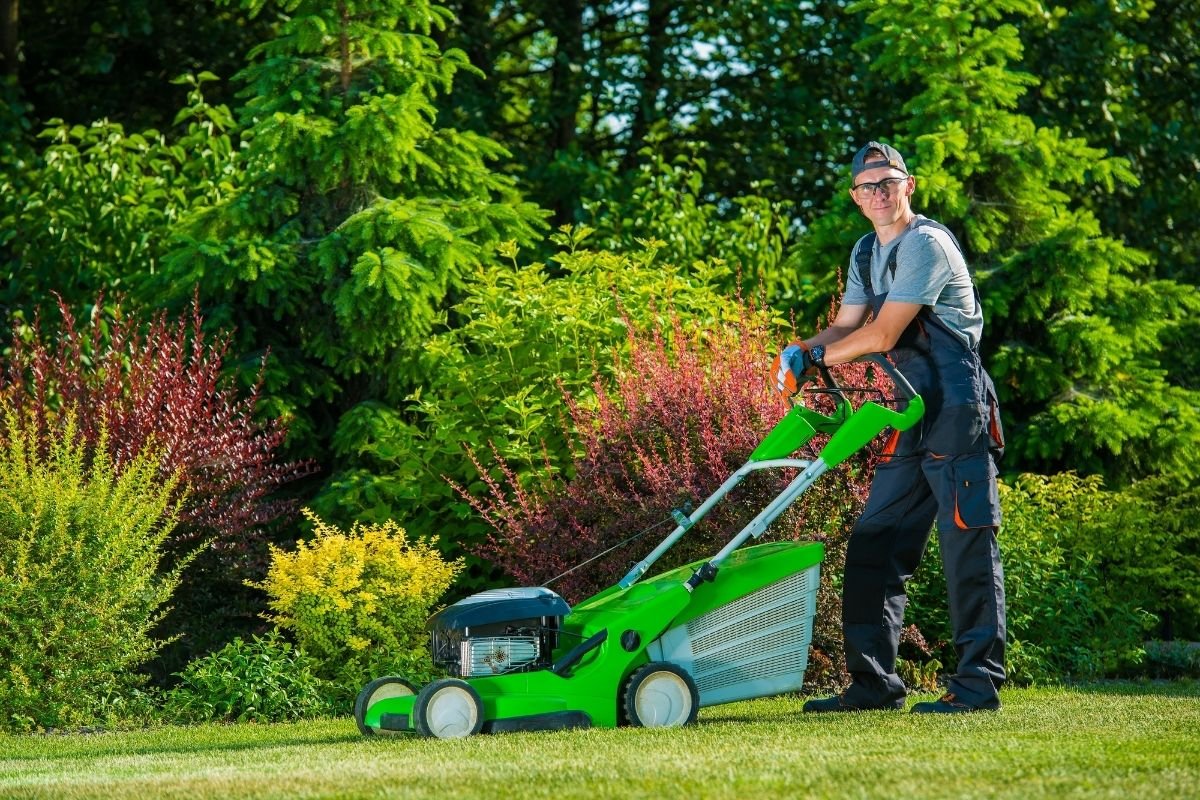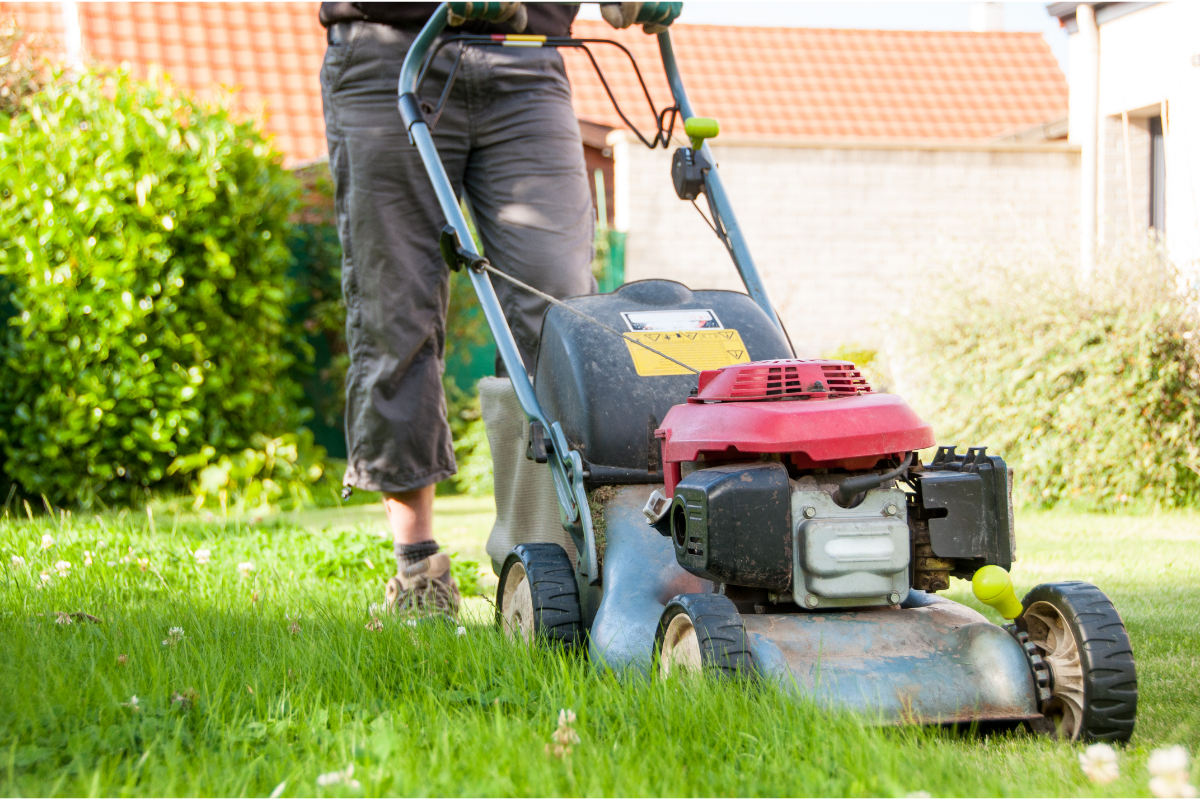As we say goodbye to summer and welcome its much milder friend, autumn, you might wonder if now is the right time to make some lawn improvements. Summer isn’t always kind to our lawns, with inconsistent rainfall and plenty of lawn games over the festive period, and your patch of grass might be in dire need of TLC.
Fortunately, early autumn is generally the best time for lawn improvements, like new turf, seeding, weed control, and feeding. If you have these tasks on your to-do list, these tips might help you on your way.
Seed Your Lawn
Whether your entire lawn needs your attention or you’re just trying to repair the dead patches from your dogs, early autumn is one of the best times to seed your grass in its entirety or in patches. Generally, autumn is when the soil has enough moisture and the conditions are milder to help your lawn seed germinate. Once you’ve planted your lawn seed, it’ll continue growing and thriving until it’s strong enough to manage the ever-changing conditions of spring and summer.
Seeding your lawn can be a significant decision to make, especially when there is an abundance of grass varieties to choose from. Typically, local garden stores offer options for shaded grass, robust grass, and grass you don’t need to mow as often. If you’re only patching your lawn this autumn, a lawn repair seeding product might also be worth your attention.
To grow grass from seed in autumn, take the following steps:
1. Remove rocks and debris and rake the surface to flatten it
2. Apply fertiliser or use grass seed that already contains it
3. Spread out the seed evenly
4. Top-dress it with 2-3mm of top-dressing soil
5. Apply a wetting agent on the fine mist setting of your hose
6. Water daily and keep at least the top 10mm of your soil moist
Feed Your Lawn
If you’re happy with your current lawn but are worried about its survival abilities coming into the colder weather, purchase lawn food and feed it to improve its health. There are many different organic products on the market designed to enhance soil and grass health. Typically, these feature goodies like seaweed, fish manure, chicken manure, and blood and bone. Follow package instructions to give your lawn the best start in the cooler conditions to come.
Lay Turf Lawn
Not everyone has time to watch the grass grow – literally. If you’re in a hurry to enjoy your new lawn, consider buying turf lawn. Autumn is the perfect time for this to establish itself in its new home. Once you’ve purchased your preferred turf lawn product, you can follow these steps to give it the best chance to thrive.
1. Remove all weeds
2. Cultivate down to around 100-150mm and mix in lawn food
3. Ensure the soil is level
4. Place your turf
5. Water well
Take Control of Weeds
Lawn weeds can be frustrating. They detract from the attractiveness of your lawn and even take over where your healthy lawn once was. Autumn is one of the best times of the year to take control of pesky lawn weeds.
Identify what you have and head to your local garden centre for an appropriate weed-killing product. You can now also purchase weed and feed products, which simultaneously help your lawns and kill off weeds.
Trim Trees and Shrubs
As the days get shorter and the temperatures plummet, your lawn will receive less light to help it grow. It might even enjoy less than most lawns if trees and shrubs tower about it. Before your grass is impacted by too much shade, use the early days of autumn or the last of summer to trim your trees and shrubs. With this vital job taken care of, your grass can stand a better chance of remaining healthy once the cooler conditions hit.
Be Prepared for Pests
Pests like moss, fungal disease, and grass grub all like to take hold during the coldest months of the year. While you might not need to prepare for them before autumn, it can be a good idea to have products on hand to give them their marching orders should they arrive sooner than you expected.
Inspect your lawn often, look for the tell-tale signs of grass grubs like patchy, wilted, and discoloured grass, and treat when necessary.
Be Ready for Autumn
It’s never easy saying goodbye to the warm summer months, especially when we always have such fun relaxing in the sun and playing backyard cricket. However, you can at least be ready when autumn arrives. Once you’ve taken care of these necessary lawn care tasks like seeding, feeding, and weeding, your lawn can stand the best chance of premium health until summer comes once more.










































